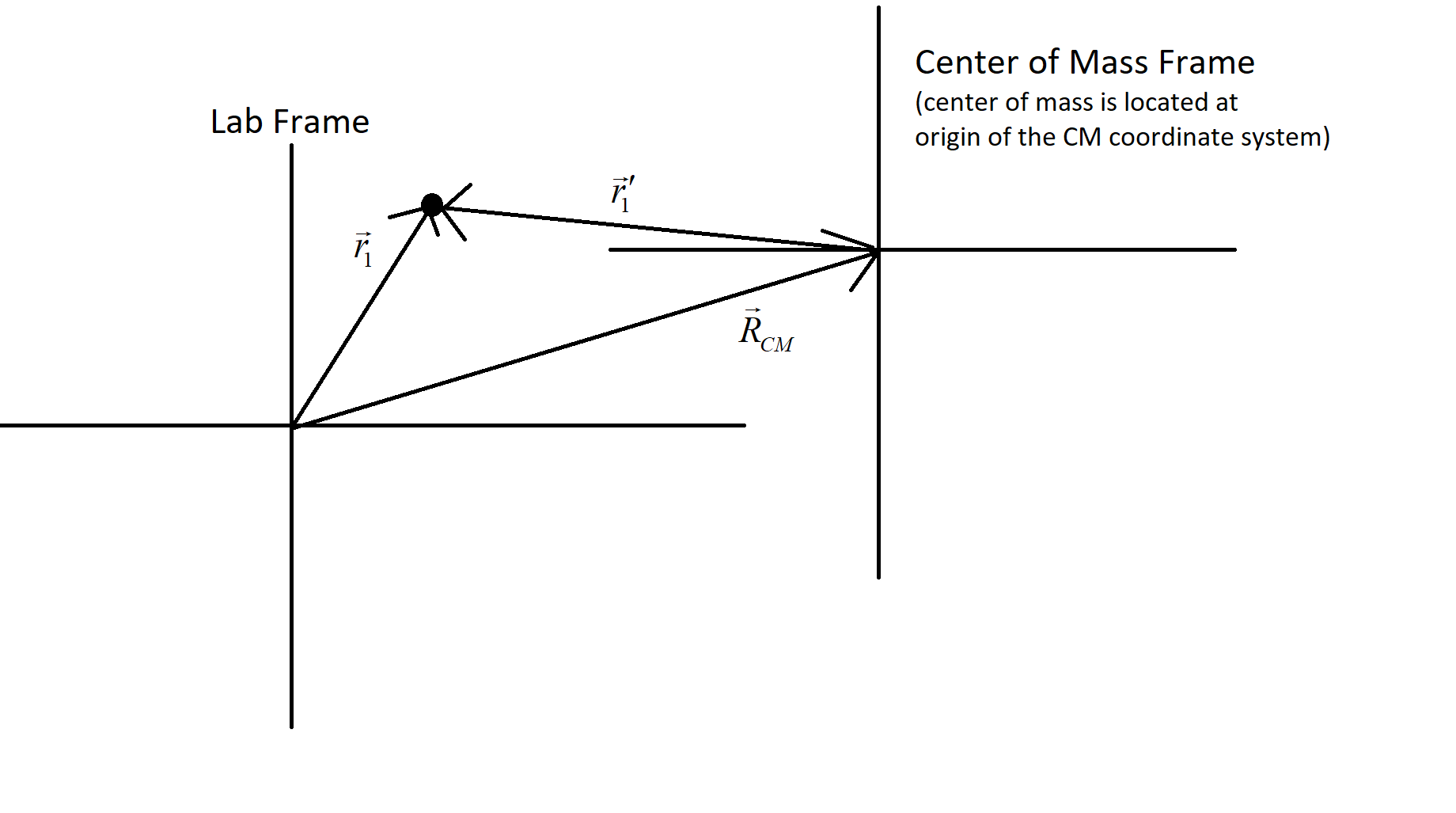I have a very basic question on lab frame and COM frame. I assume that the lab frame is the frame where we perform experiments. The definition says
"The frame of reference in which particle 2 is initially at rest is known as the Lab Frame."
But why is that so? Why cannot both the particles be moving? So does it mean if both of them are moving initially, we cannot perform any mathematical treatments in lab frame?
Also, I would like to quote a line from wikipedia's article on Center of Momentum Frame. While walking through the 2 body system numerically, it says:
"The situation is analyzed using Galilean transformations and conservation of momentum (for generality, rather than kinetic energies alone), for two particles of mass m1 and m2, moving at initial velocities (before collision) u1 and u2 respectively. The transformations are applied to take the velocity of the frame from the velocity of each particle from the lab frame (unprimed quantities) to the COM frame (primed quantities):
u1' = u1 - V and u2' = u2 - V
where V is the velocity of the COM frame.
What does it mean by "velocity of COM frame"?

